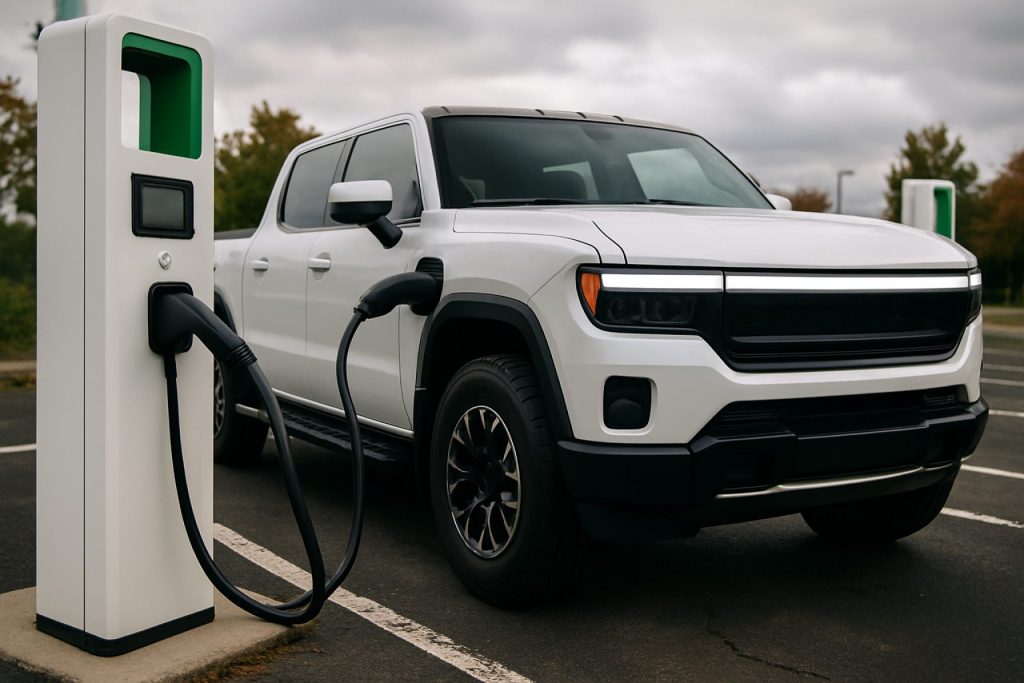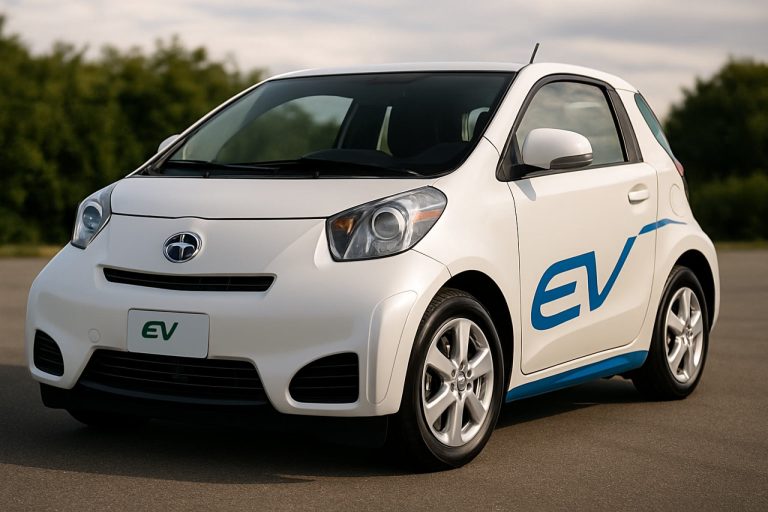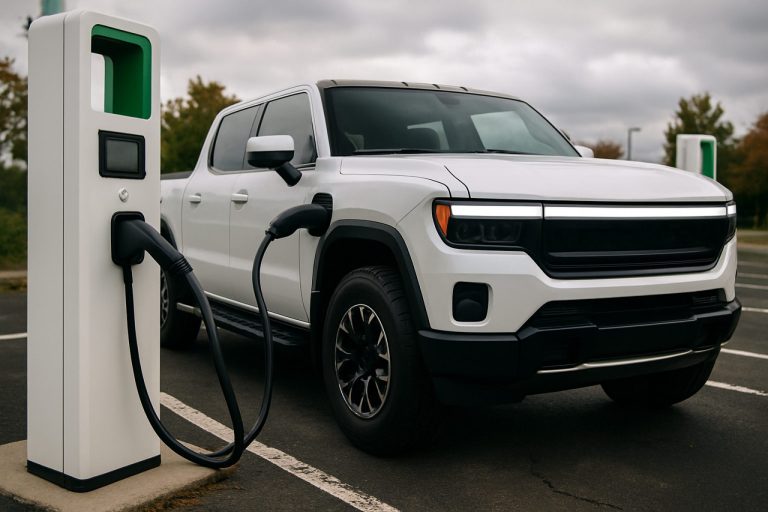
Electric Trucks Face Roadblocks in 2025: Why Investors Should Brace for a Jolt
As Detroit bets big on electric trucks, mounting challenges and stagnant sales threaten auto industry profits and investor returns.
- 40,000: U.S. registrations for Tesla Cybertruck in 2024—well below initial expectations.
- 32,893: Ford F-150 Lightning U.S. registrations in 2024—far lower than projections.
- Up to 3x: Full-size trucks can sell for up to three times the price of a passenger car.
- 50% Decline: Rivian’s electric truck registrations fell by half from 2023 to 2024.
Detroit built its empire on a simple truth: Americans love trucks, and no vehicle is more lucrative for Ford and General Motors than the full-size pickup. But the electric vehicle (EV) revolution threatens to upend this cash cow, and 2025 could mark a turning point for the entire industry.
In the days before EVs, automakers laughed all the way to the bank as they sold trucks at eye-popping markups, even though production costs barely exceeded those of regular cars. With each pickup rolling off the line, profits soared. Now, as more brands push for electrification, a painful reality emerges: Americans aren’t embracing electric trucks as eagerly as expected—and profits are starting to slip.
Why Aren’t Electric Trucks Taking Off?
Tesla disrupted the market with its polarizing Cybertruck, aiming to lure buyers with bold design and futuristic features. But the numbers tell a different story. With just 40,000 U.S. registrations in 2024—only a fraction of the 250,000–500,000 annual sales initially forecast—Cybertruck fever fizzled before it could catch fire.
Ford also came out swinging with the F-150 Lightning, backed by 200,000 early reservations. Yet, after the dust settled, only 32,893 Lightnings hit America’s roads in 2024—miles behind the company’s targets.
Even startup darling Rivian, celebrated for its rugged R1T, saw its registrations wither to under 10,000—down from more than 11,000 a year prior.
What’s Holding Back the Electric Truck Boom?
Two main roadblocks are jamming the gears for EV trucks:
- Performance skepticism: Traditional truck owners demand immense towing and hauling power. Many remain unconvinced that batteries can match what internal combustion engines deliver—especially for work and long trips.
- Sky-high costs: Towing requires massive batteries—the most expensive part of any EV—sending retail prices and production costs soaring. The juicy margins Detroit enjoyed on gas-guzzlers? They’re vanishing fast.
Q: Will Battery Breakthroughs Save the Day?
Not yet. Battery costs are falling, but not fast enough for automakers to maintain the same supercharged profits from electric trucks. Industry leaders, like Lucid’s CEO, openly express doubts about whether today’s technology allows a truly competitive, cost-effective electric truck. Without revolutionary advances, the math simply doesn’t add up.
Q: How Are Ford and GM Responding?
Both legacy automakers remain committed to electrification but are slowing their roll on new EV truck launches. Ford has trimmed Lightning production; GM has revisited its electrification timeline. The industry now watches closely as these titans recalibrate their strategies—hoping for a surge in demand or a breakthrough in battery innovation.
How Can Investors Navigate the Storm?
- Follow registration and production reports closely. These offer real-time insights into demand for electric trucks.
- Watch tech developments from leaders like Tesla and Lucid—a game-changing battery could shift the entire market.
- Diversify your portfolio; don’t bet everything on Detroit automakers’ pickup truck profits.
Ready to Rev Up Your Investment Strategy?
Stay ahead of the EV truck shake-up with these must-do steps:
- Track quarterly sales data for Ford, GM, Tesla, and Rivian.
- Review automakers’ profit margins for warning signs.
- Monitor breakthroughs in battery tech and EV infrastructure news on sites like Reuters and WSJ.
- Rebalance your portfolio as the electric truck landscape shifts.
Don’t get blindsided—research these new trends now to steer your investments away from risk and toward unstoppable growth.



